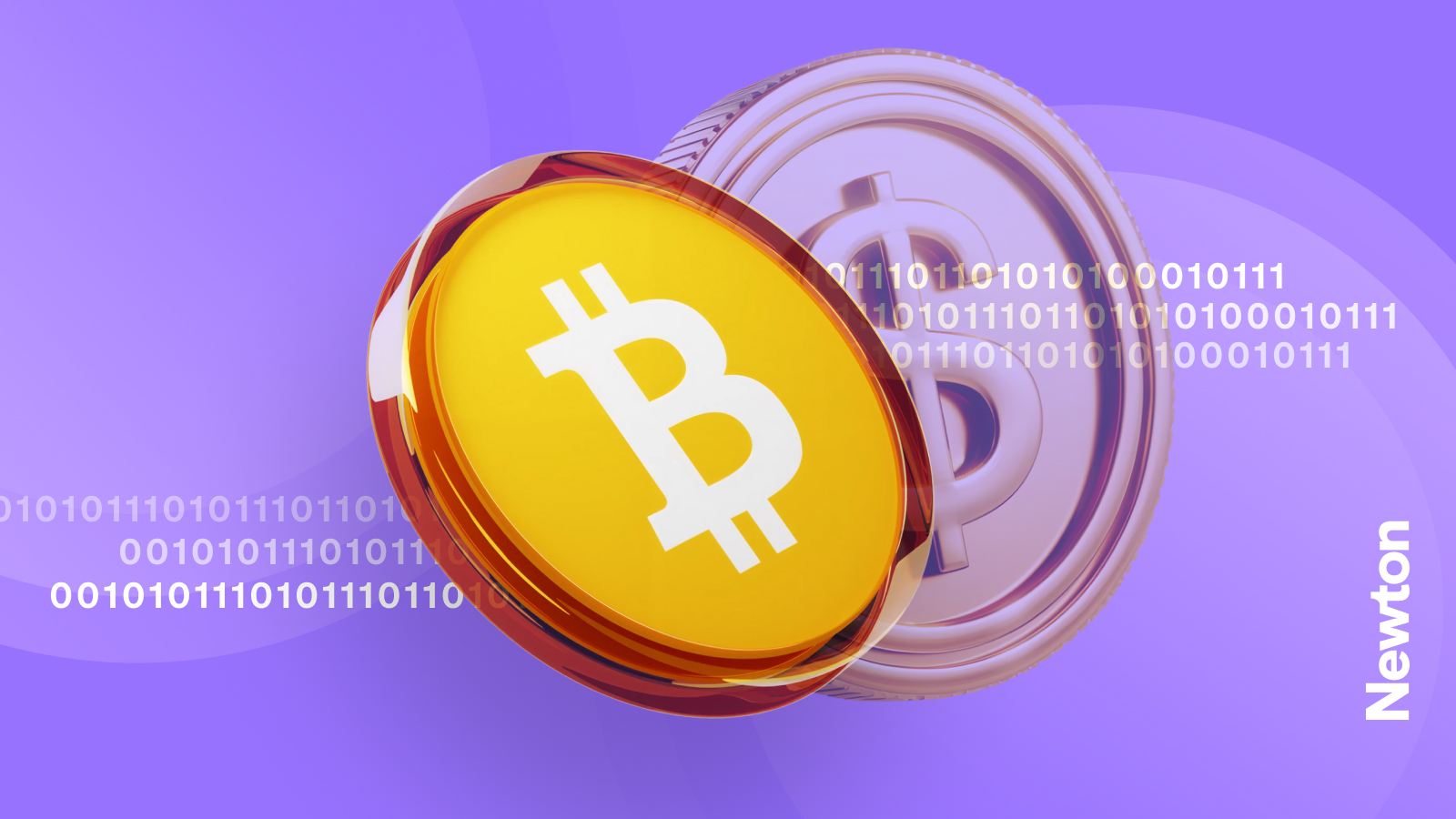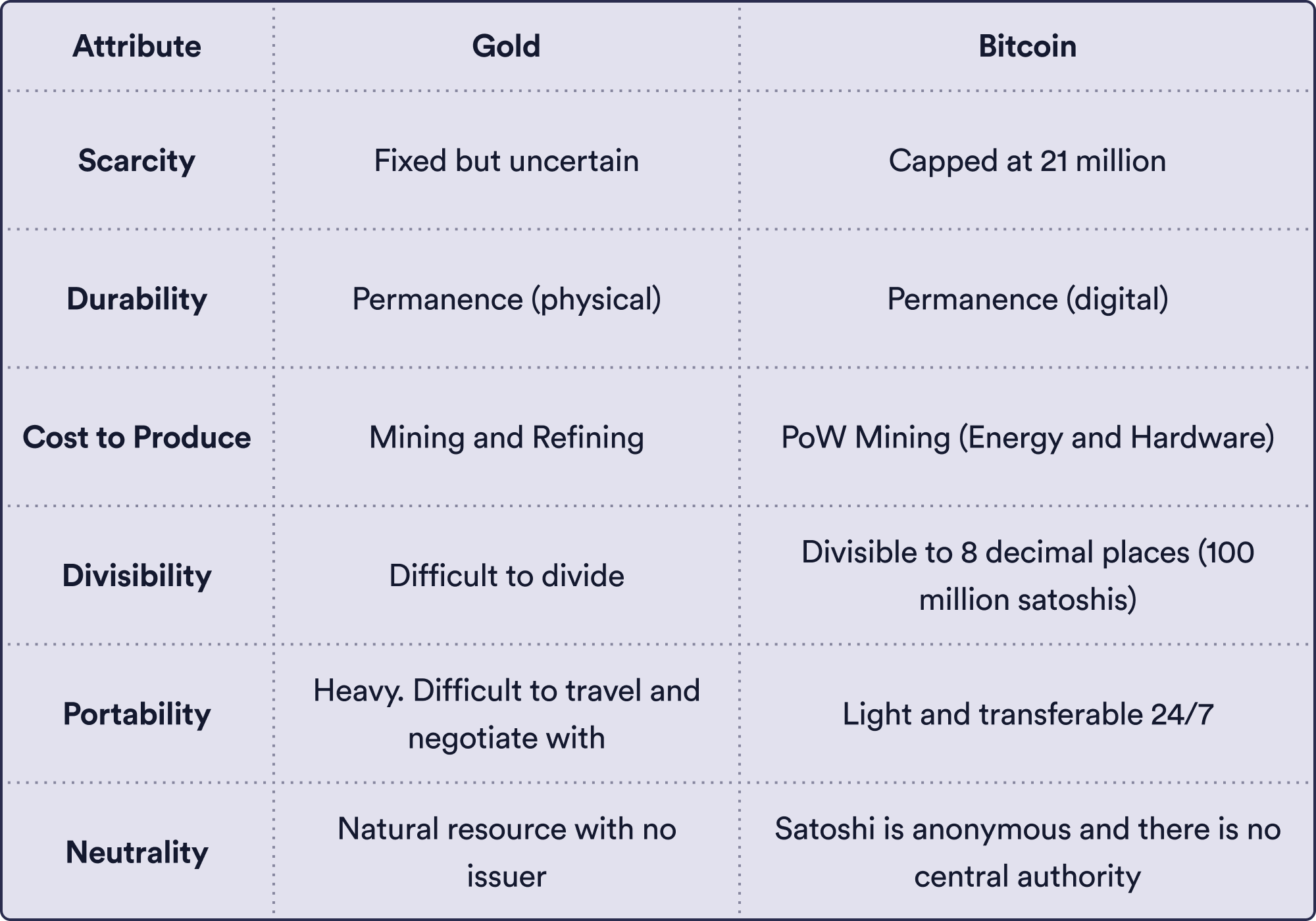

“Digital gold.” It’s one of the most common Bitcoin labels in crypto, but also one of the most misunderstood. People often think of digital scarcity and point to the 21 million BTC supply cap, but this alone doesn’t make something valuable. If that were true, every rare JPEG and low-float meme coin would be a contender; markets have surely proven they aren’t.
What truly makes Bitcoin “digital gold” goes deeper. Satoshi Nakamoto didn’t just create a scarce digital asset. He/she, or possibly the team behind Nakamoto, introduced something that had never existed before: digital conservation laws.
Prior to Bitcoin, digital money had a big problem. How could you prevent something digital and immaterial from being copied? One way a double spend can happen is when a bad actor sends the same digital coin to two people at once. In traditional systems, a bank or payment processor would stop that from happening by keeping track of all balances and maintaining a sequential order to transactions.
Bitcoin’s design is different because it doesn’t rely on intermediaries. Instead, it removes the need for a middleman by using a public ledger called the blockchain. Everyone on the network can see and agree on which transactions came first. A system called proof-of-work makes it extremely hard for anyone to cheat or rewrite the history of who owns what. It’s like sealing each transaction in concrete before the next one is laid on top.
Without a central authority, the challenge was how to stop someone from copying a digital coin and spending it more than once. Bitcoin overcame this through its technological innovation, solving the computer science problem of the “Byzantine General.” Every transaction is recorded and shared across thousands of computers. These computers follow the same rules to agree on which transactions are valid. This makes it extremely hard to cheat and removes the need for a middleman like a bank.
When you look into the design, it seems fairly clear that this wasn’t just about security. It was the first time a digital system behaved like a closed system, where energy, time, and ownership could not be forged.
Satoshi's design mimics laws we typically associate with the physical world:
These features give Bitcoin the stability and predictability typically found only in natural systems. It behaves less like a piece of software and more like a digital resource.
Gold has historically been valued because it is scarce, durable, fungible, costly to produce, and free from central control. Bitcoin was designed to share these traits while also attempting to improve upon them.

If you are new to crypto or have been following it for years, Newton’s blog offers resources for everyone. Our learning content is designed to be beginner-friendly without skipping the deeper ideas, because we believe the future of money should not only be scarce but also understood.